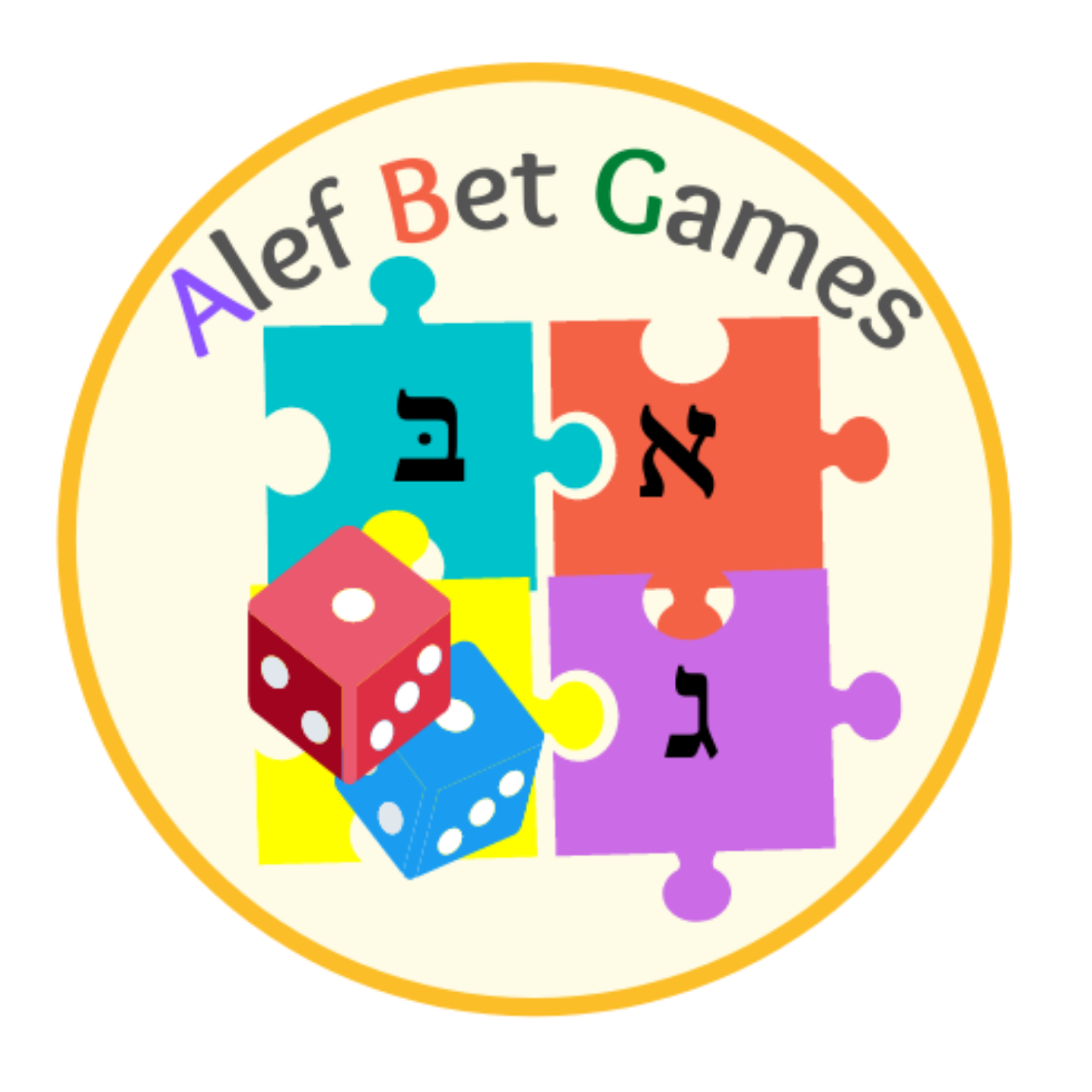Hebrew Vocabulary Games on the Fly!
- Talia Shir

- Jan 2, 2024
- 3 min read
Updated: Feb 20
Get Your Students Moving, Laughing, and Learning with No-Prep Hebrew Games
You know what it’s like—those days when your students just aren’t in the mood, or when you are left with extra time to fill at the end of class. In moments like these, having a few go-to activities can be a real lifesaver.
Whether it’s a quick outdoor adventure or some creative classroom fun, these Hebrew games will keep your students going and the Hebrew vocabulary flowing.
Teach Hebrew Color Vocabulary with Color Tag
Hebrew Color Tag is an energetic way to reinforce Hebrew color vocabulary while keeping students active and engaged. Take your students on an outdoor adventure where learning becomes an exciting game.
How to Play
Head over to your synagogue's play structure and get your students moving by calling out a color in Hebrew, like "Katom" (orange) or "Adom" (red). As soon as the color is announced, students quickly scan the play area to find an object that matches the color. For example, if you call out "Katom," they might rush to tag the orange slide, or if you say "Yarok," they could run to the green grass.
The last person to tag an object in each round is temporarily "out," but they can still participate by helping to call out colors in the following rounds. Keep the game going, with students searching for objects that match each color you announce. The game continues until there's only one participant left, who is then declared the winner.
Hebrew Pictionary or Charades
Kick-start your Hebrew vocabulary session with Hebrew Pictionary or Charades.

Start by selecting a student to either draw or act out a Hebrew vocabulary word or phrase. Without using any words or letters, the student will sketch or mime the word within 60 seconds. The rest of the class has that time to guess the word or phrase in Hebrew. The first student to guess correctly gets to take the next turn. This activity is a fun and interactive way to reinforce Hebrew vocabulary while encouraging students to think creatively and work together.
Shimon Omer
Transforming Simon Says into a Hebrew learning game is a breeze! Begin by teaching your students the Hebrew vocabulary for body parts such as hands, eyes, nose, mouth, ears, legs, feet, and toes. Once they've grasped the basics, start the game using the Hebrew equivalent of "Simon says," which is "Shimon Omer."
The leader, whether it’s you or a student, gives basic commands in Hebrew. For example, you might say, "Shimon omer yadayim al ha___" ("Shimon says, 'hands on the ___'"). Just like in the original game, students should only follow the command if it begins with "Shimon Omer." If the command doesn’t start with this phrase, students must stay as they are, or they’re "out" for that round.
As the game progresses, students will have fun practicing their new vocabulary while trying to stay in the game. The last one standing earns the honor of being the next "Shimon."
Two Truths and One Lie
Reinforce basic Hebrew vocabulary with Two Truths and One Lie.

To adapt the game "Two Truths and a Lie" for Hebrew learners, ask your students to use basic Hebrew vocabulary to write down two true statements and one false statement about themselves. For instance, they could say "ani yeled" (I am a boy) or "yesh li sa'ar adom" (I have red hair).
During the game, students take turns reading their three statements aloud, and their classmates then attempt to identify which statement is false.
Unscramble the Prayer
Ok...this one requires a little bit of prep. Write words from a sentence or a prayer on individual index cards and shuffle them. Students work together to unscramble the cards. Alternatively, challenge students to match Hebrew words with their English meanings.

Freeze Dance
Teach the Hebrew vocabulary words for "Stop" and "Go" through freeze dance. Pick your favorite Hebrew song and call them out as you stop and restart the music.

I Spy
This game is for more advanced students. They should already know a number of descriptive adjectives. Select a student to think of an object inside the classroom. Using the phrase "ani ro-eh/ro-ah" (I see), students can use descriptive Hebrew words to offer clues.
Have you tried these Hebrew Learning Games?
To help your students master classroom-themed Hebrew vocabulary, try using conversation cubes or games like Guess the Character in Hebrew. Adding practical decor, such as Hebrew Classroom Labels, can further support language acquisition by immersing students in a visually rich learning environment.
Subscribe for free teaching materials, tips, and new releases.

Product Title
16 px collapsible text is perfect for longer content like paragraphs and descriptions. It’s a great way to give people more information while keeping your layout clean. Link your text to anything, including an external website or a different page. You can set your text box to expand and collapse when people click, so they can read more or less info.
$320

Product Title
16 px collapsible text is perfect for longer content like paragraphs and descriptions. It’s a great way to give people more information while keeping your layout clean. Link your text to anything, including an external website or a different page. You can set your text box to expand and collapse when people click, so they can read more or less info.
$900

Product Title
16 px collapsible text is perfect for longer content like paragraphs and descriptions. It’s a great way to give people more information while keeping your layout clean. Link your text to anything, including an external website or a different page. You can set your text box to expand and collapse when people click, so they can read more or less info.
$560







Comments